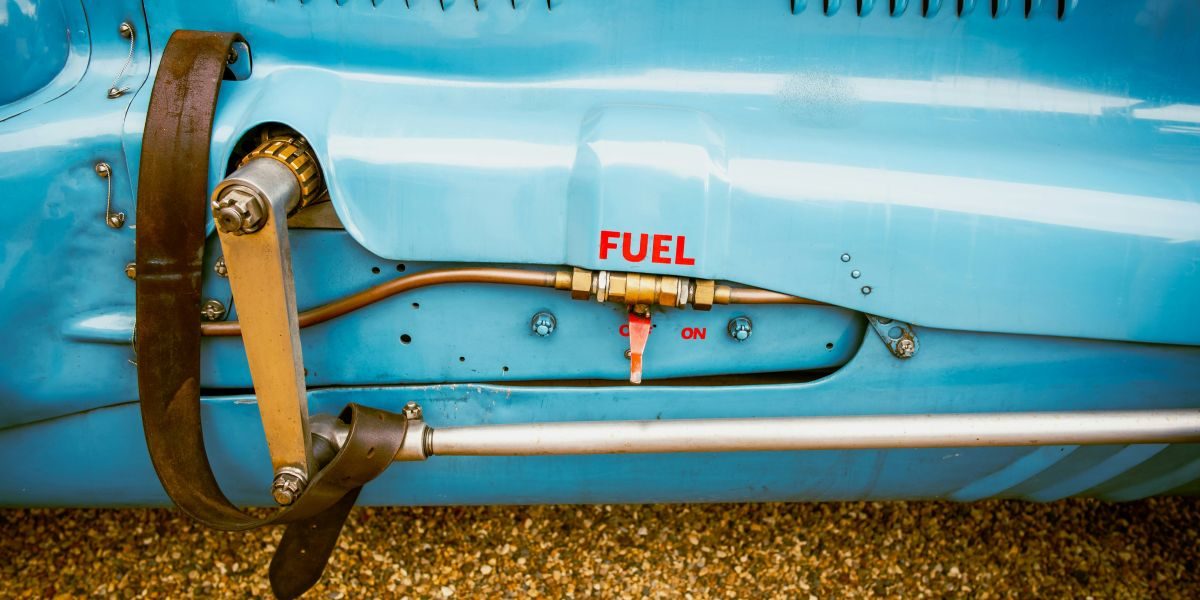Upgrading a vehicle is not only about enhancing a single component to potentially improve performance or efficiency. Another common enthusiast approach is to use an in-line fuel pump. Such pumps are increasingly popular for potentially boosting fuel delivery performance in automobiles.
What are In-Line Fuel Pumps?
An in-line fuel pump is often used to help ensure consistent fuel delivery in performance vehicles. It differs from typical in-tank pumps in that it is installed along the fuel line, giving it more flexibility in installation and maintenance. Its design makes it appealing to anyone looking for possible engine performance improvements.
Advantages of In-Line Fuel Pumps
In-line fuel pumps offer several notable advantages, making them a favored option for vehicle upgrades. For starters, they can facilitate greater fuel delivery, which can be beneficial for high-horsepower engines that may require increased fuel. A higher flow means the engine should get the fuel needed, which may help avoid lean conditions and reduce the risk of engine damage.
Additionally, they are often more robust than in-tank pumps. These pumps are designed to last; they are externally mounted to handle higher temperatures and pressures. Their long-lasting nature can ensure they provide value for enhancing your driving experience.
Installation Flexibility
Installation flexibility is one of the key advantages of in-line fuel pumps. These pumps can be installed almost anywhere along the fuel line, providing flexibility based on the vehicle. Such adaptability allows different vehicles equipped with SandKits and custom-built engines to benefit from them.
Moreover, in-line pumps can make maintenance and repair work easier. Accessible placement, as the name suggests, means these pumps are mounted in a position where they can be removed for servicing or replacement without the need to access the fuel tank, which can save time and effort. There’s something appealing about maintaining a vehicle, especially when you enjoy working on your car.
For High-Performance Engine Support
High-performance engines require a steady supply of fuel. In-line fuel pumps are well-suited to supplying the necessary fuel to meet these engines’ demands. Whether a turbocharged or supercharged engine, they can help ensure that the additional power requirements are met without delay.
More importantly, they are compatible with aftermarket fuel parts such as high-flow fuel injectors and performance fuel rails. When combined with these components, in-line pumps can contribute to creating a potent fuel delivery system that supports significantly more horsepower. Their compatibility with performance upgrades also makes them a valuable component.
Limitations of In-tank Pumps
Now, while in-tank pumps can perform well, they might not be ideal for high-performance applications. This is where in-line fuel pumps can provide a more consistent solution, addressing some of the limitations of in-tank pumps. Placing them externally can reduce the risk of heat-related issues, which may affect in-tank pumps and lead to premature failure.
Also, in-line pumps are generally more adaptable for aftermarket fuel system upgrades. They’re often a good fit for modified vehicles that need increased fueling capacity due to the higher flow rates and pressures they can handle. That versatility is part of why many enthusiasts choose an inline pump.
Summary
In-line fuel pumps have become a widely utilized upgrade option for automobile enthusiasts, and for good reason. These pumps may improve vehicle performance and dependability by providing greater flow at higher pressures for longer durations without requiring fixed mounts. They can support high-performance engines and work well with aftermarket components, making them a useful addition to any fuel delivery system. As automotive technology advances, in-line fuel pumps are likely to remain a popular choice for those looking to enhance their vehicle’s performance.

















